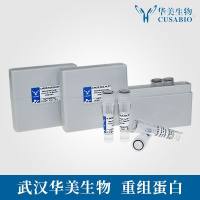Electroporative Gene Transfer
互联网
555
Membrane electroporation (MEP) uses short high-voltage pulses to render cell membranes transiently porous and therewith permeable to otherwise impermeable substances. This technique was first described, in vitro , by Neumann in 1982 ( 1 ) . In vivo, this method is restricted to solid tissues accessible to the electrodes used to apply the electric field pulses. Electroporation of cell tissue gains increasing importance especially in clinical applications such as electrochemotherapy (ECT) of, e.g., skin tumors, and for gene therapy ( 2 , 3 , 4 ) . The various applications of MEP include, in addition to the direct functional transfer of genes (electrotransfection, electrogenetransfer) and drugs, the release of proteins, and the electrotransfer of ionic dyes into cells (5 ). But, nevertheless, the mechanism of pore opening and resealing as well as the transfer, especially of DNA, is not yet completely understood.







